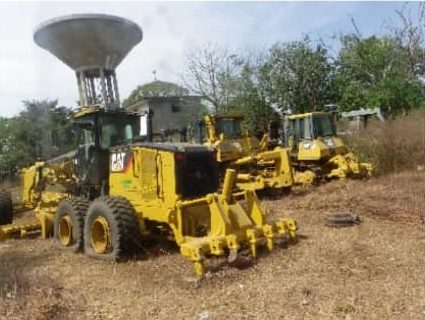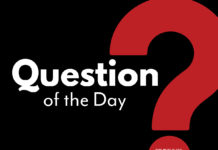By Amadou Manjang
When former Gambian president Yahya Jammeh fled the country in January 2017, he left behind hundreds of luxury vehicles, machinery, real estate, and other valuable assets. Many of these items were later seized by the state and sold. But the way they were sold — and the people who bought them — has raised serious concerns among Gambians.
Jammeh, who ruled The Gambia for 22 years, was found by the Janneh Commission to have stolen at least $362 million from public funds. The Commission was set up in 2017 to investigate his financial activities, along with those of his family and close associates. It recommended that Jammeh’s assets be frozen and forfeited to the state.
These assets included vehicles, tractors, excavators, shares in companies, aircraft, livestock, and household items. Some of them were located at his private farm in Kanilai, his Dunes Resort, and the State House. In 2019, while investigations were still ongoing, some of these assets were sold by the Janneh Commission.
However, investigations by The Republic and this reporter reveal that the sales were not transparent. Many assets were sold as “scraps,” but records show that some of these items were in good working condition. Others were sold at suspiciously low prices or bought by individuals who had previously benefited from Jammeh’s government.
Following The Republic’s publication, a youth movement called Gambians Against Looted Assets (GALA) organized a protest demanding full disclosure. In response, the government released two lists:
- The Comprehensive List for Auction of Vehicles, and
- The Additional List of Scrap.
But the lists themselves raise more questions.
The first list shows that 296 vehicles and 95 items listed as scraps were sold — a total of 391.
The second list has 210 items labeled as “scraps,” including vehicles, excavators, containers, generators, and even household goods. When combined, the two lists show that 601 items were sold.
However, many of the items on both lists are repeated — same vehicles, same buyers, and same prices. In other words, they appear twice.
There are also contradictions in the prices. In some cases, a vehicle labeled “scrap” was sold at the same price or even higher than a vehicle in good condition. Some buyers bought both “scrap” and good vehicles at the same price.
In March 2024, Attorney General Dawda A. Jallow told lawmakers that all the items were valued by independent experts before they were sold. But when this reporter requested the valuation reports from the Ministry of Justice, the request was not granted.
Mechanical engineer Momodou Salieu Jallow said it was “not logical” for a good Mercedes-Benz and a scrap Mercedes-Benz to be sold at the same price. “Whoever valued those items did not do a good job,” he said.
There are also concerns that many assets were not listed at all. For instance, while the government said 60 containers were sold, sources who handled Jammeh’s properties say there were more than 350 containers — about 160 in Kanilai and more than 200 at the State House.
Sources also said that some of the excavators sold as “scrap” were actually working. Three out of six excavators were said to be in “perfect” condition between 2018 and 2019. The ones that were not working had only minor problems like a dead battery or fuel tank issues.
Other items sold as “scrap” had small issues, such as flat tires. Meanwhile, electrical wires, barbed wire, and containers from the State House were allegedly taken by senior members of the State Guard without being recorded.
One of the top buyers of these “scrap” items was Hadim Gai of Gai Enterprises. The Janneh Commission had previously found that Gai received a contract from Jammeh’s government at the State House without going through proper procurement procedures. While the Commission did not find proof of wider wrongdoing, it recommended that Gai and his company be issued a warning by the Public Procurement Authority. Despite this, Gai Enterprises was allowed to buy some of the forfeited assets.
At the time of writing, requests for the full sale records and valuation reports have not been answered by the Ministry of Justice. The buyers of the “scrap” items also did not respond to questions.
The full list of all forfeited assets — which was expected to be part of the Janneh Commission’s final report — was allegedly removed before publication. Without it, it is difficult to know how many assets Jammeh left behind and how they were sold.
Many Gambians are now demanding that the government publish all the details — what was sold, who bought it, at what price, and who valued it. They want to know whether the government is truly committed to justice and accountability — or if Jammeh’s stolen wealth is simply being recycled through new hands.



















